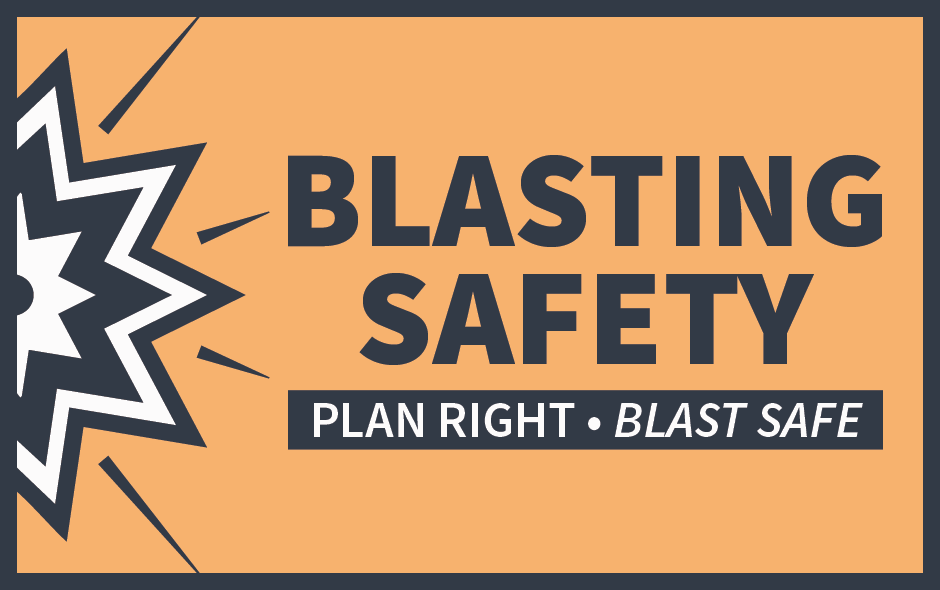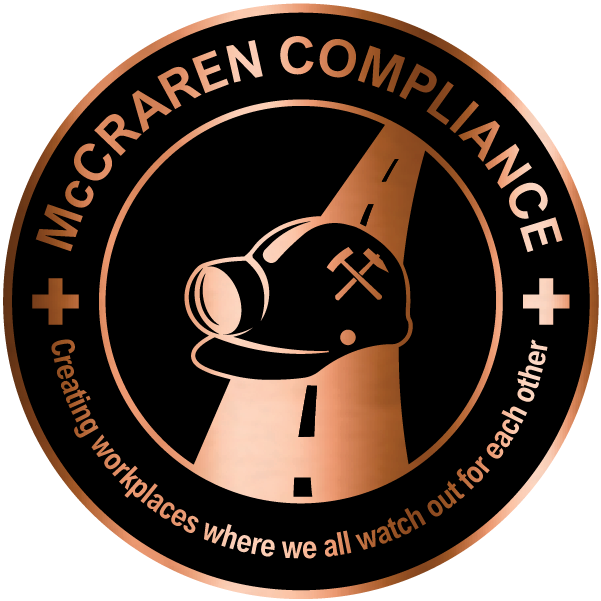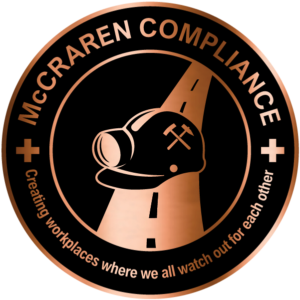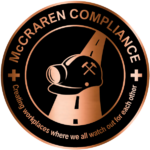
Blasting is an essential part of many mining operations, but it also carries significant risks. Every stage of the blasting process—from storage and transportation to detonation—requires strict adherence to safety practices to prevent accidents and injuries. Blasting safety demands attention to detail, proper planning, and adherence to established safety protocols. The following guidelines provide best practices for blasting safety in surface metal and nonmetal mining.
General Safety Guidelines
- Never smoke or use open flames near explosive materials.
- Never transport detonators with other explosives.
- Always halt blasting operations if a storm is in the area.
- Never run equipment over loaded boreholes.
- Always provide adequate protection from flying rock.
- Never reenter the blasting area until the “all clear” is given.
Magazine Safety
- Never store detonators in the same magazine as other explosive materials.
- Always keep blasting caps under lock and key, and ensure magazines are securely locked.
- Never use explosive materials that have been water-soaked, even if they appear to have dried out.
- Always store explosives in ATF-approved magazines and handle packages of blasting supplies carefully—do not throw or drop them.
- Never reuse packaging from explosive materials.
Transporting Explosives
- Always transport explosives to the blast site in a timely manner.
- Never carry passengers or sparking materials in vehicles transporting explosives.
- Always ensure vehicles used for transport are in good condition and equipped with appropriate fire extinguishers or fire suppression systems.
Drilling and Loading
- Never drill into explosive materials or any hole that previously contained explosives.
- Always check holes for proper depth or obstructions before bringing explosives to the blast site.
- Always follow proper procedures for preparing primers and loading boreholes. Do not prepare primers until they are ready to be placed.
- Never force explosives into blocked boreholes or use tamping tools that could generate sparks or heat.
Firing the Shot
- Always clear the blast area of miners and equipment before detonation.
- Always use audible warning signals and ensure all access roads are adequately guarded.
- Always consider past flyrock incidents when determining the blast area, which should be at least 1.5 times the furthest distance any previous flyrock has traveled.
Post-Blast Safety
- Always disconnect the lead line from the blasting machine immediately after a blast.
- Never reenter the blasting area until all smoke, fumes, and dust have cleared.
- Always inspect faces, muck piles, and highwalls for loose debris or misfires before resuming work.
- Never handle a misfire unless you are a trained and experienced blaster.
- Always sound an “all clear” signal to indicate the area is safe.
Preventing Serious Accidents
Since 2010, blasting-related incidents have caused fatalities and injuries due to flyrock, misfires, and toxic fumes. To reduce these risks, follow these additional best practices:
- Develop and adhere to a site-specific blast plan, including drill patterns tailored to local conditions.
- Use face profilers and borehole probes to identify weak burden areas and potential borehole deviations.
- Ensure all explosive storage areas are clean, dry, and orderly.
- Rotate inventory to use the oldest stock first and never use damaged or deteriorated materials.
- Properly ventilate all storage and blast areas before entry.
- Schedule blasting operations during off-shifts to reduce risk to personnel.
- Utilize blast shelters and establish restricted areas for non-enclosed blasting operations.
McCraren Compliance offers a full range of safety and health training and consulting services. Plus we can help you incorporate well-being into your traditional systems in order to support the Total Worker Health of your workforce.
Call 888-758-4757, email info@mccrarencompliance.com or visit our website www.mccrarencompliance.com


